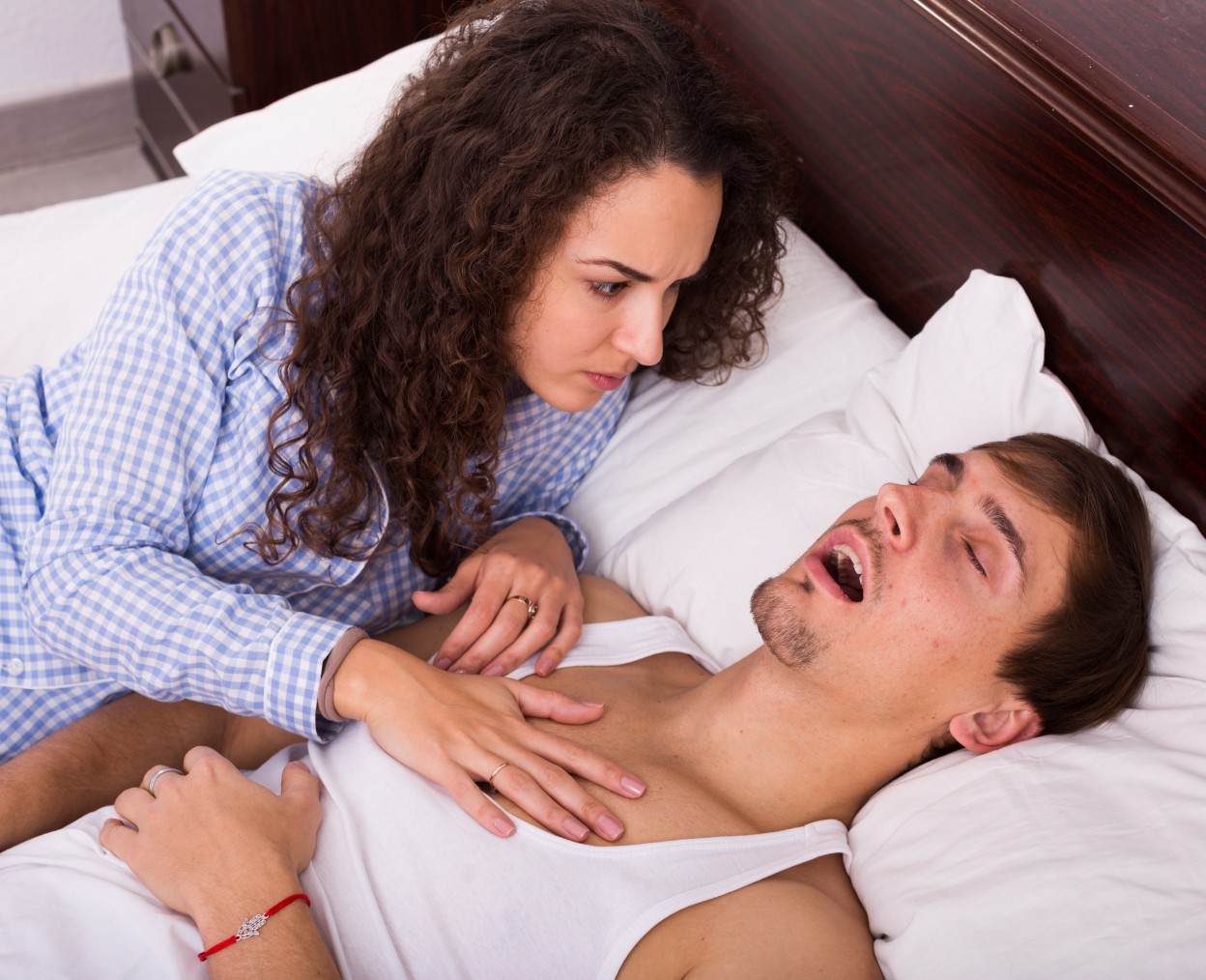AHP Patients Experience Chronic Symptoms Between Attacks, Study Says
Written by |

Patients with acute hepatic porphyria (AHP) who suffer from recurrent attacks also experience significant chronic symptoms between attacks, according to results of a new study.
The study, “Disease Manifestations of Patients with Recurrent Acute Hepatic Porphyria (AHP) and Daily Life Impacts in EXPLORE International, Prospective, Natural History Study,” was presented at the European Association for the Study of the Liver (EASL) 54th Annual International Liver Congress, April 10-14 in Vienna.
AHP is a group of rare genetic diseases characterized by defects in genes required for oxygen transport, cell metabolism and heme production. Heme is the red pigment that gives blood its color and is essential for oxygen transport.
Patients with AHP suffer from potentially life-threatening attacks that include severe abdominal pain, acute polyneuropathy (nerve damage) and mental symptoms.
Approximately 3% to 8% of patients experience recurrent attacks, which can lead to long-term complications such as kidney failure, high blood pressure, and liver cancer. The only approved treatment for acute attack symptoms is hemin.
Researchers at Alnylam Pharmaceuticals set out to characterize the disease manifestations and the impact of attacks on the daily lives of AHP patients who suffer from recurrent attacks.
They used data from the EXPLORE clinical trial (NCT02240784), which was designed to characterize the natural history and current clinical management of patients with AHP who suffer from recurrent attacks.
The study included male and female patients age 18 and up who experienced recurrent attacks (three or more per year) or who were receiving treatment to prevent attacks. Overall, 112 patients from 21 centers across Europe and the United States were enrolled.
At baseline, researchers recorded the number of attacks, attack symptoms, and chronic symptoms between attacks. They also used questionnaires to assess the impact of the disease on patients’ social interactions and ability to leave the home.
The average number of attacks each patient experienced in the past 12 months was 9.0 for European patients and 9.7 for U.S. patients. Most patients (65.2%) experienced chronic symptoms between attacks, which included pain, mood/sleep symptoms, and gastrointestinal (GI) symptoms.
The incidences of most of these symptoms were higher among U.S. patients than European patients.
Additionally at baseline, 36.5% of European patients and 61.2% of U.S. patients included in the study had limited social interactions and 28.6% of both European and U.S. patients were homebound in the last 12 months.
During the 12-month study period, most patients reported experiencing pain symptoms, mood/sleep symptoms, GI symptoms, and other symptoms including nausea, tiredness, and trouble sleeping.
The researchers said, “This study demonstrates that most patients with recurrent attacks of AHP in the EU and the U.S. have chronic symptoms in addition to the significant burden associated with acute attacks.”
In another study, researchers analyzed data from the EXPLORE study to characterize how management of recurrent attacks differs across Europe and the U.S.
Results from that study were presented in another poster titled, “Management of Recurrent Acute Hepatic Porphyria (AHP) Attacks in Europe and the United States: EXPLORE International, Prospective, Natural History Study”.
In the 12 months preceding the study, over 90% of patients reported experiencing attacks. Patients experienced, on average, nine attacks, one-third of which required hospitalization.
At baseline, 62 patients reported using preventive treatment. Fifty-two reported using hemin (the only approved treatment for AHP). Prophylactic treatment was found to be less common in Europe (43%) compared to the U.S. (71%). Furthermore, duration of hemin treatment for an attack was much shorter in Europe compared to the U.S.
Interestingly, the attack rate for patients on hemin prophylaxis versus those who had never used hemin prophylaxis before was similar.
During the study period, 87.5% of patients experienced 483 attacks, 69% of which required treatment at a facility. The percentage of attacks treated at home compared to a healthcare facility was similar between Europe and the U.S., with most patients being treated with hemin.
“Management of AHP was generally similar between the EU and the U.S.,” the researchers concluded.
They added, “Attack rates among patients with severe AHP with recurrent attacks were high, with a large proportion of patients requiring extensive treatment at healthcare facilities, underscoring the need for therapies to address AHP unmet medical needs in both the EU and U.S.”





